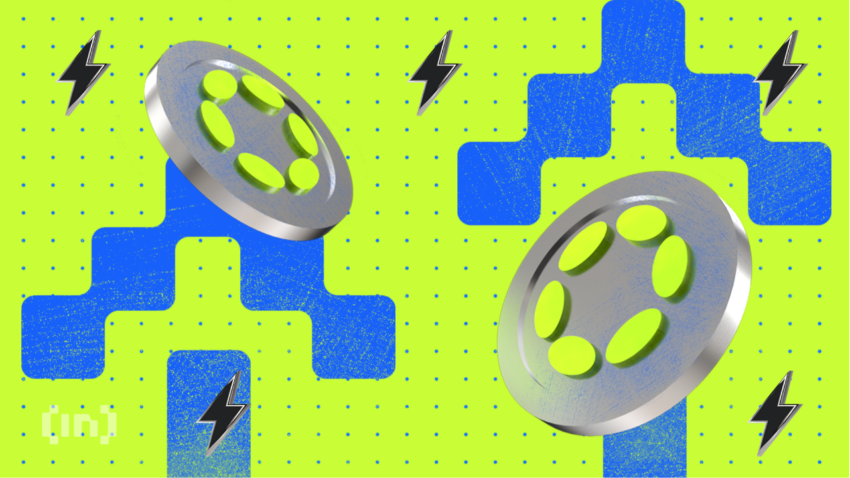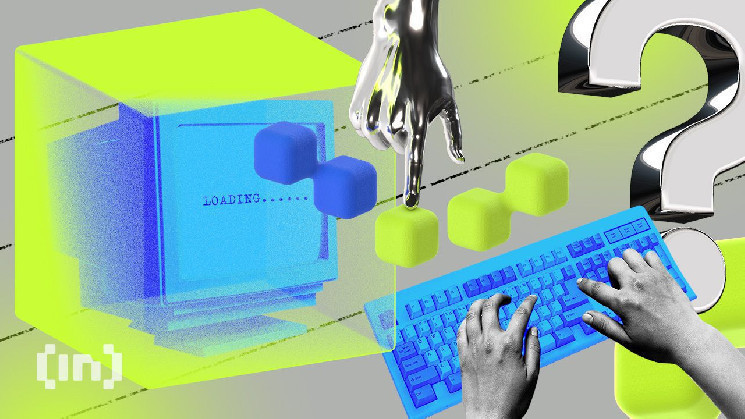As the digital realm of cryptocurrencies flourishes, bridging the gaps between various blockchain networks becomes increasingly vital.
In this article, we delve into the cross-chain technology landscape and analyze its potential to transform the cryptocurrency ecosystem by facilitating seamless communication and transactions between disparate networks.
Cross-Chain Solutions: Fostering Seamless Transactions
Innovative cross-chain solutions like atomic swaps, Polkadot, and Cosmos enable secure, seamless transactions between various blockchains. These technologies grant users unprecedented flexibility and freedom in the crypto sphere.
Atomic Swaps: A Leap Towards Decentralized Exchanges
Atomic swaps, for example, enable trustless, peer-to-peer cryptocurrency exchanges without the need for third-party intermediaries. In essence, two parties can directly exchange cryptocurrencies on separate blockchains without counterparty risk. This paves the way for decentralized exchanges, empowering users with more control over their transactions.
Polkadot: Connecting the Dots of Blockchain Networks
Polkadot, developed by Ethereum co-founder Dr. Gavin Wood, aspires to build a “blockchain of blockchains” by connecting multiple networks through a shared, scalable protocol. The project’s innovative relay chain architecture serves as the backbone for this vision.
The relay chain is responsible for coordinating communication and data transfer between connected blockchains, or “parachains.” Each parachain enjoys the benefits of Polkadot’s security, interoperability, and scalability features while maintaining its unique functionality.
Polkadot’s consensus mechanism, Nominated Proof of Stake (NPoS), plays a pivotal role in securing the network. NPoS involves validators staking DOT tokens and nominators backing validators with their own DOT tokens. This system promotes decentralization and deters malicious behavior.
Furthermore, Polkadot’s cross-chain messaging protocol allows parachains to exchange information and execute transactions with one another. This level of interoperability not only facilitates asset transfers but also enables the creation of cross-chain smart contracts and applications, driving innovation across the entire blockchain ecosystem.
Cosmos: An Internet of Blockchains
Cosmos, with its vision of an “internet of blockchains,” is another groundbreaking project in the realm of cross-chain interoperability. Central to its approach are the Tendermint Core consensus engine and the Inter-Blockchain Communication (IBC) protocol.
Tendermint Core is a Byzantine Fault Tolerant (BFT) consensus engine that enables instant finality. A critical feature for secure and efficient cross-chain transactions. The engine is highly customizable, allowing developers to develop and deploy their blockchains, known as “zones,” with ease.
The IBC protocol serves as the bridge between these zones, allowing diverse networks to communicate and interact seamlessly. Through IBC, blockchains can exchange tokens, data, and even execute smart contracts across different networks, significantly expanding the range of possibilities for developers and users.
Cosmos’s modular architecture ensures that each zone retains its autonomy and security while still benefiting from the broader Cosmos ecosystem. The Cosmos Hub, the project’s central blockchain, plays a crucial role in maintaining inter-zone security and managing cross-chain transactions.
By providing the necessary tools and infrastructure for seamless communication among blockchains, Cosmos paves the way for a more interconnected and dynamic blockchain universe, unlocking new opportunities for innovation and collaboration.
The Impact on Decentralized Finance (DeFi): A Tidal Wave of Innovation
Cross-chain interoperability holds the key to driving DeFi market growth. By enabling decentralized applications (dApps) to access and leverage assets and services across multiple blockchains, it can enhance liquidity and spur fresh opportunities for innovation.
Accessing a Broader Range of Assets
Cross-chain solutions empower dApps to utilize a broader range of assets, breaking free from the confines of a single blockchain. Moreover, this flexibility allows users to navigate the crypto market with ease and capitalize on the diverse offerings of various networks.
Facilitating Cross-Chain Collateralization
Interoperability paves the way for cross-chain collateralization, a game-changer for the DeFi landscape. This allows users to stake assets from different blockchains as collateral for loans, expanding borrowing options and fostering a more vibrant, interconnected DeFi space.
Fostering DeFi Innovation
By promoting frictionless interactions between blockchains, cross-chain technology can unleash a wave of DeFi innovation. Developers can make novel dApps that tap into the unique features and strengths of multiple networks, pushing the bounds of what is possible in decentralized finance.
Challenges and Future Outlook: Overcoming Obstacles to Unlock a Connected Ecosystem
Despite the promise of cross-chain interoperability, several hurdles still impede its widespread adoption. Scalability and security concerns loom large, but industry leaders and developers are hard at work, striving to overcome these challenges and usher in a more connected, efficient cryptocurrency ecosystem.
A Persistent Blockchain Bottleneck
Scalability remains a major roadblock for cross-chain solutions. As the number of transactions and users grows, networks must be able to handle the bigger load without sacrificing performance. To tackle this issue, projects like Polkadot and Cosmos employ sharding and parallel processing techniques, which can boost their ability to process transactions.
Security: Safeguarding a Connected Ecosystem
Security is another critical concern for cross-chain networks. Ensuring the integrity and safety of interconnected blockchain ecosystems is paramount, as weak spots in one network may compromise the entire system. Happily, developers are investing in security protocols and regular audits to ease risks and boost overall network resilience.
Standardization: Streamlining Cross-Chain Communication
One of the challenges in making a truly interoperable blockchain universe lies in adopting unified standards for cross-chain communication. Projects like the InterWork Alliance and the Enterprise Ethereum Alliance work together to develop and promote industry-wide standards, which can streamline the integration of networks and foster seamless cross-chain interactions.
Regulatory Considerations: Navigating the Legal Landscape
As cross-chain technology develops, regulatory challenges may arise due to the complex and connected nature of these systems. Complying with various jurisdictional requirements and navigating the evolving legal landscape will be crucial for the long-term success and adoption of cross-chain solutions. Industry players must work closely with regulators to ensure that innovation aligns with legal frameworks and fosters a healthy, stable ecosystem.

The Road Ahead: A Unified Blockchain Universe
Despite the hurdles, cross-chain interoperability holds immense potential to reshape the crypto landscape. By enabling seamless transactions, fostering DeFi innovation, and breaking down walls, this technology can unlock a unified, interconnected blockchain universe.
As industry leaders and developers continue to refine cross-chain solutions and address the challenges at hand, we can expect a future where the bounds between blockchains fade, giving rise to a more efficient, inclusive, and resilient cryptocurrency ecosystem. In this brave new world, the possibilities for innovation and growth are boundless.
 beincrypto.com
beincrypto.com
